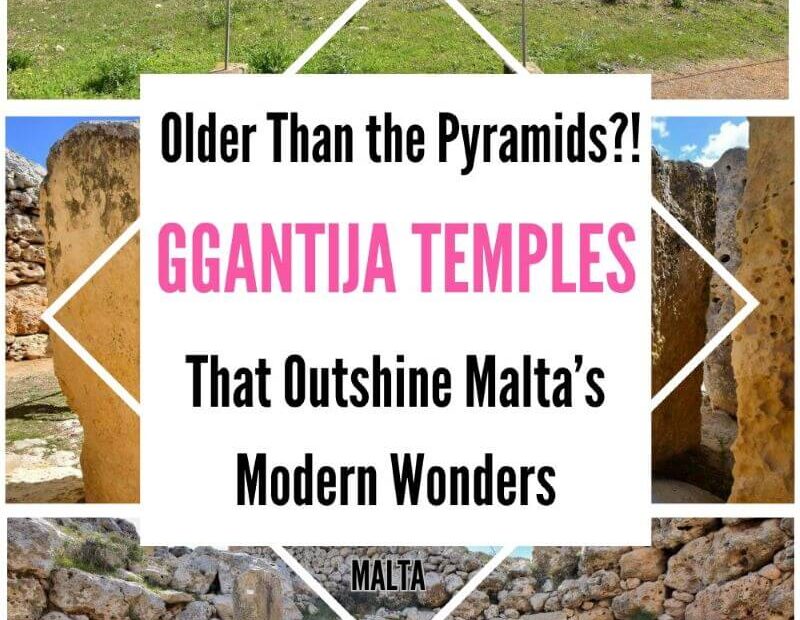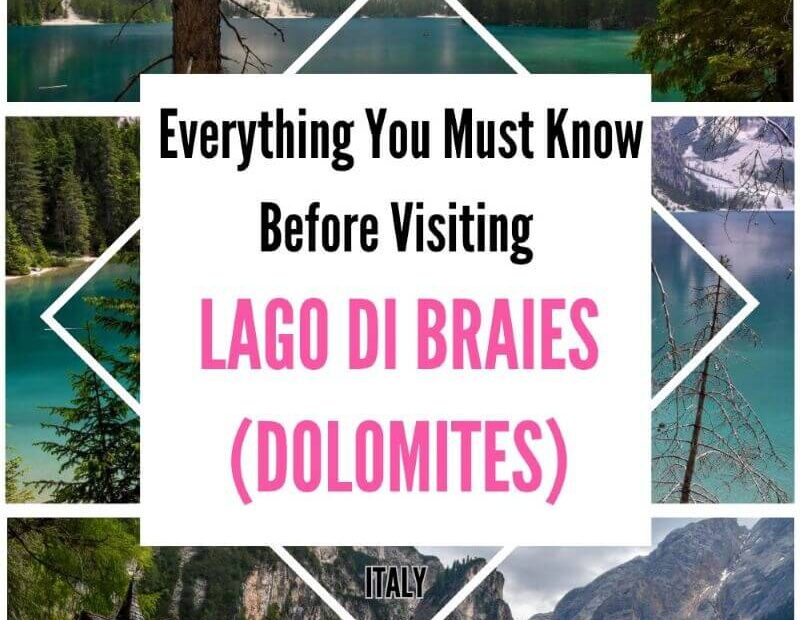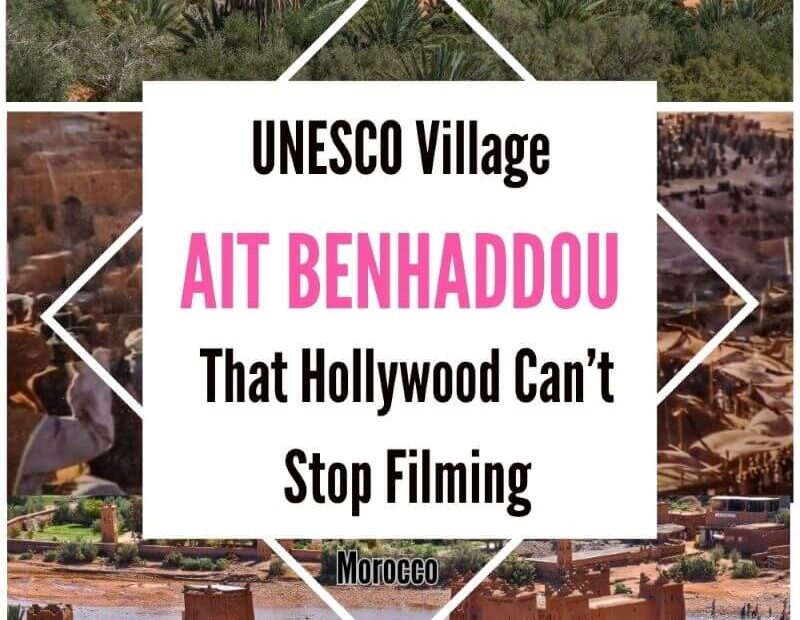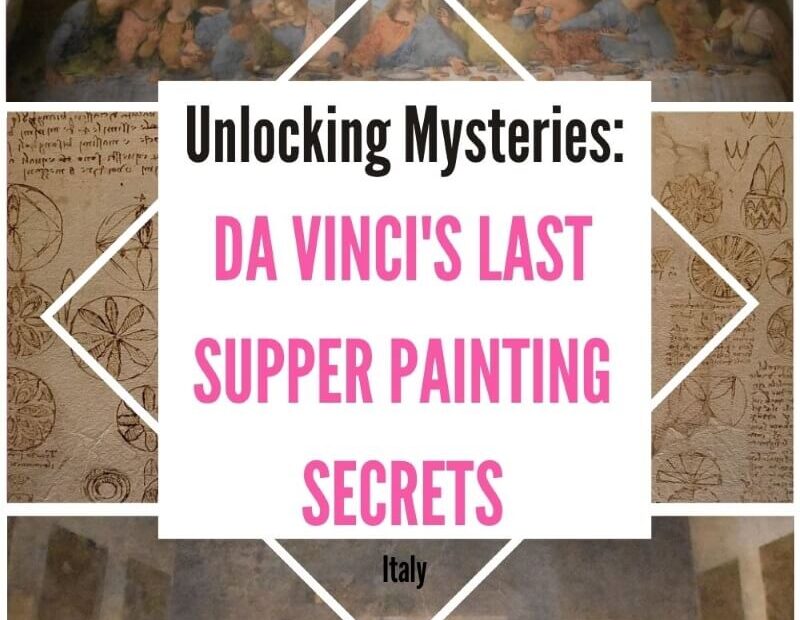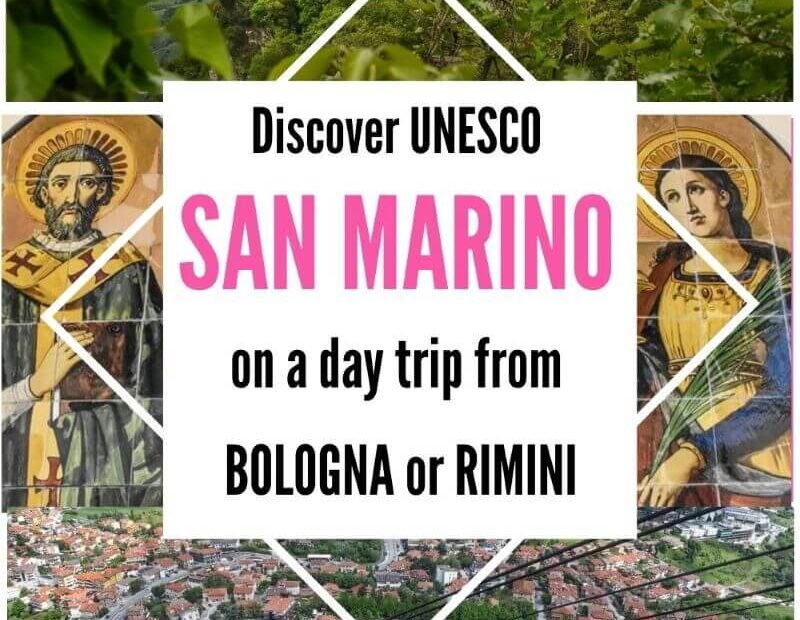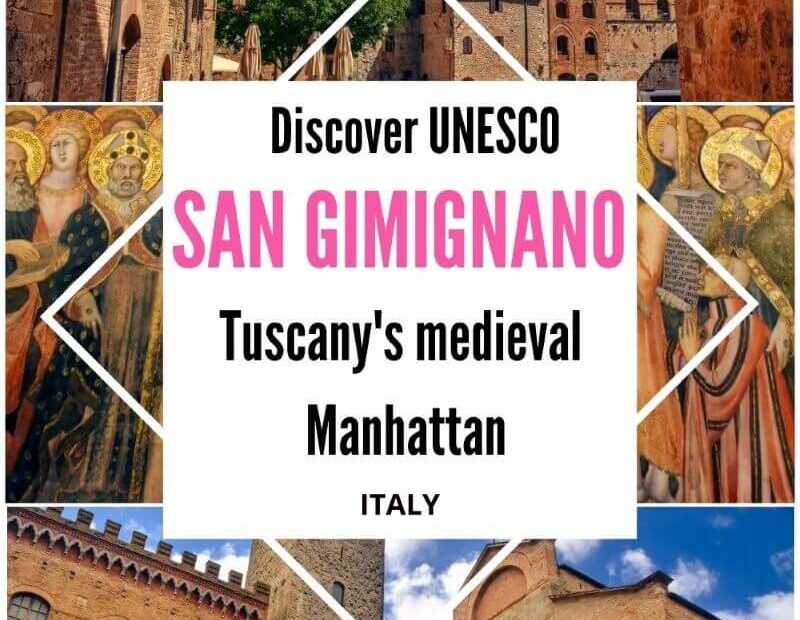UNESCO
What are UNESCO World Heritage sites, and why does the world protect them?
UNESCO stands for the United Nations Educational, Scientific, and Cultural Organization. In 1978, this group created the World Heritage List – a collection of places that are so important to humanity that they deserve special protection. This wasn’t about tourism. It was about identifying the most valuable cultural and natural places on Earth and guaranteeing their protection for the future.
At the start, only 12 sites made the cut. Fast forward more than 45 years, and as of October 2025, there are 1,245 UNESCO World Heritage Sites across 170 countries, with 26 new additions this year alone. These places range from ancient sites and sacred temples to stunning landscapes and natural wonders. From vast natural landscapes to historic city centres, each one is recognized as having value for all of humanity.
WHY IT’S MORE THAN A BUCKET LIST:
While many people think of these sites as travel goals, the real purpose is far deeper. A place on the list is not just recognition, but a commitment. When a place is added, the country commits to protect it under international law. If a site is at risk of losing its value, all countries that signed the treaty must come together to help. This means a small medieval town and a famous natural wonder receive equal protection.
SELECTION PROCESS:
Every site must show Outstanding Universal Value and satisfy at least one out of the ten criteria. This ensures every place on the list represents something unique and irreplaceable.
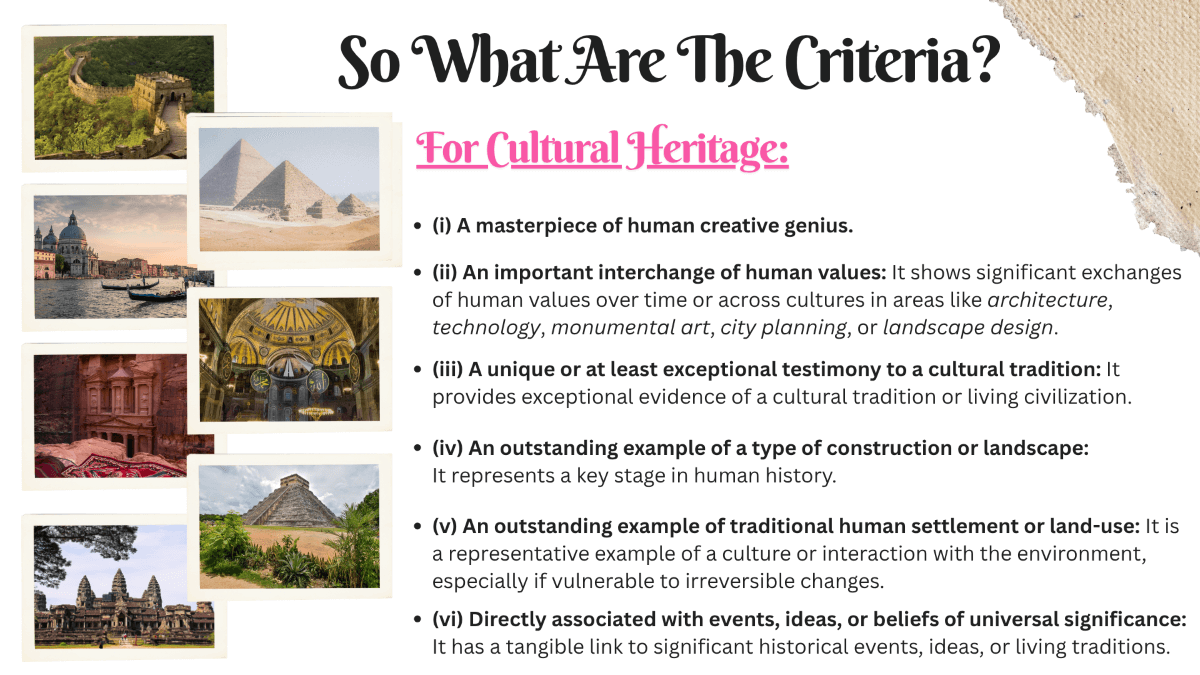

WHY THIS MATTERS TO US:
On our blog, we focus on cultural UNESCO World Heritage Sites. To date, together we’ve explored 85 so far. Each visit has deepened our respect for the cultures and histories they represent. They are lessons in humanity, showing what people across time have achieved and why these places must be protected. Our goal? To keep following the UNESCO trail and eventually see them all. For us, it’s not just about ticking boxes. It’s about understanding the heritage of humanity, preserving its beauty, and showing our readers why every site (big or small) matters.
